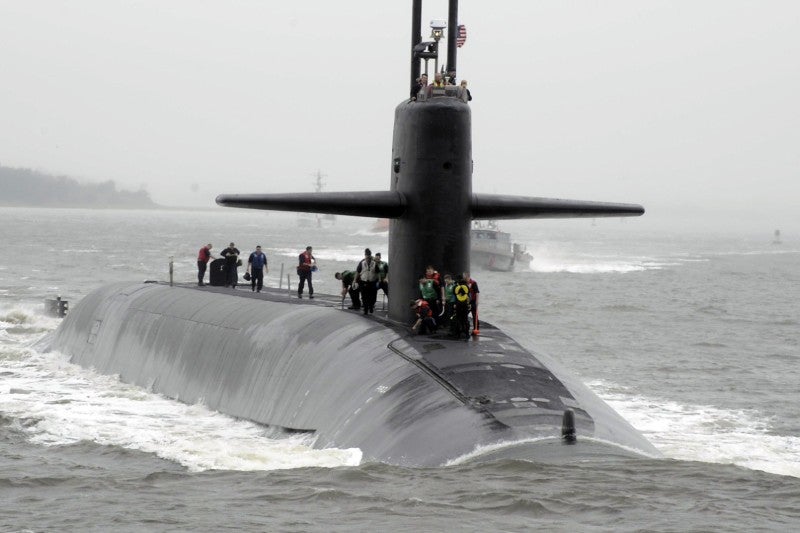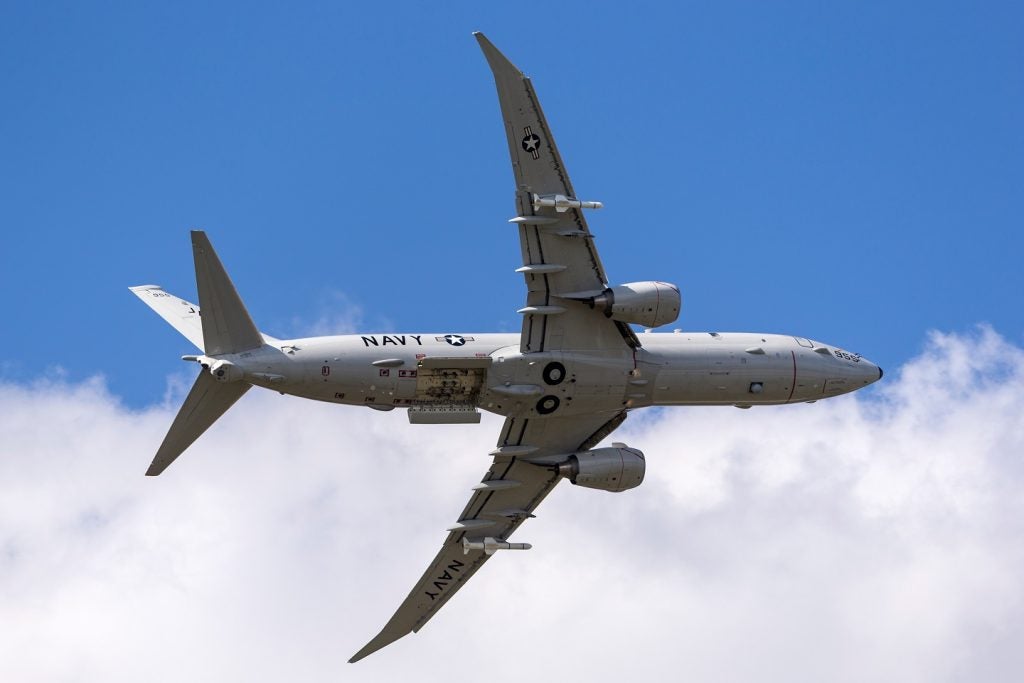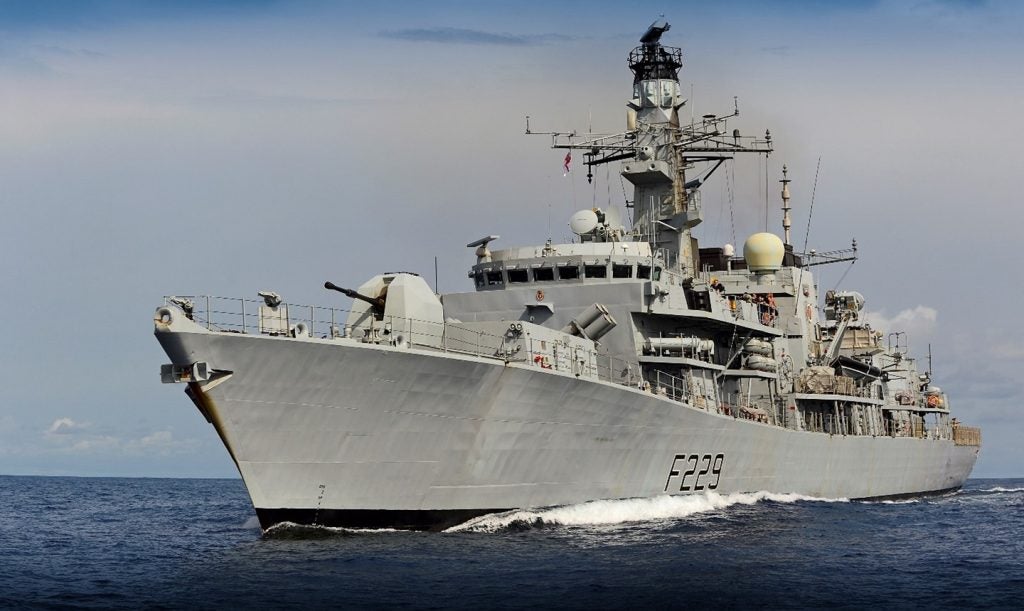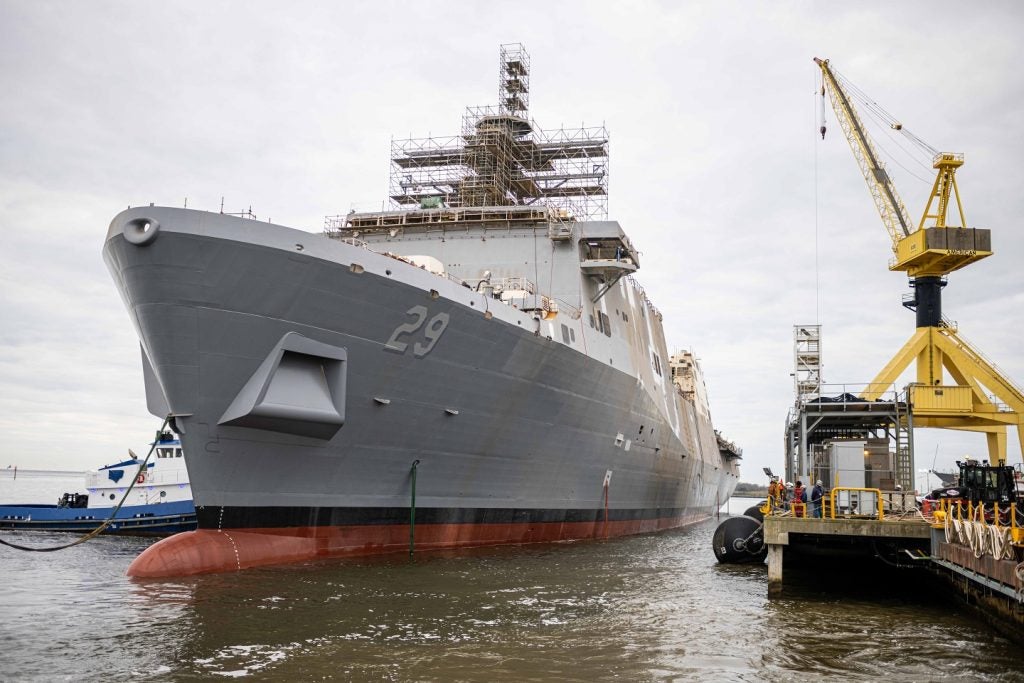
Attack submarines, sometimes called hunter-killer submarines, are specifically designed to battle and sink enemy submarines, warships and merchant vessels. For that reason, they are smaller, quicker and stealthier than other types of submarine.
Astute vs Virginia: head-to-head
The Royal Navy’s Astute class designed by BAE Systems Maritime and the US Navy’s Virginia class built by General Dynamics Electric Boat and Newport News Shipbuilding. Both are among the best nuclear-powered attack submarine (SSN) classes in the world. We put them head-to-head in the ring on factors like size, speed, armament, technology and cost.
Round 1: Size
The Royal Navy’s Astute-class SSN is currently the tenth-biggest submarine class in the world, with a surfaced displacement of 7,000t to 7,400t, and a submerged displacement of 7,400t to 7,800t.
At a length of 97m (318ft 3in) and a beam of 11.3m (37ft 1in), the Astute class is smaller than US Navy’s Virginia class.
The Virginia class has a displacement of 7,900t, making it the ninth-largest submarine when comparing all submarine variants. It is longer than the Astute class, at 115m (377ft) but also narrower – with a beam measurement of 10m (34ft).
Winner: Tie
How well do you really know your competitors?
Access the most comprehensive Company Profiles on the market, powered by GlobalData. Save hours of research. Gain competitive edge.

Thank you!
Your download email will arrive shortly
Not ready to buy yet? Download a free sample
We are confident about the unique quality of our Company Profiles. However, we want you to make the most beneficial decision for your business, so we offer a free sample that you can download by submitting the below form
By GlobalDataRound 2: Speed and endurance
The Astute is powered by the latest Rolls-Royce pressurised water reactor (PWR 2) design, the Core H, which eliminates the need for refuelling, and means that the sub’s nuclear reactor only requires one refit instead of the traditional two refits throughout its service life.
Astute has unlimited endurance and can provide unlimited air and water supply for crew members. However, the amount of provisions carried for the crew typically last up to 90 days.
Meanwhile, the Virginia class uses an S9G reactor, a ninth-generation core designed by General Electric. Again, the Virginia class can go indefinitely in terms of propulsion, only limited by food and maintenance requirements.
The Royal Navy’s Astute class has a top speed of 30kn (56km/h; 35m/h) when fully submerged. The Virginia class is slower, reaching speeds of around 25kn (46km/h; 29m/h).
Winner: Astute
Round 3: Weapons
Being attack submarines, both classes are naturally armed to the teeth with the latest maritime weaponry.
Astute-class submarines come with six 21 in torpedo tubes capable of firing Spearfish heavyweight torpedoes. It also launches Raytheon Tomahawk Block IV cruise missiles for land-attack operations, upgraded to the Block V from 2024. The Astute class offers storage for up to 38 weapons.
The Virginia class is packed with more of a punch, incorporating 12 Tomahawk vertical launching system tubes and four 21in torpedo tubes for the Mk-48 torpedo. The latest Block V boat generation incorporates the new Virginia payload module (VPM), which boosts the number of torpedoes and missiles it can carry from 37 to 65.
Winner: Virginia
Round 4: EW countermeasures and sensors
The Royal Navy’s Astute class electronic warfare (EW) array incorporates electronic support measures (ESM), sonars and decoys. The ESM system is Thales Sensors Outfit UAP(4), which has two multi-function antennae mounted on non-hull penetrating optronic masts.
It also uses Eddystone Communications’ band ESM system that provides enhanced communications, signal intercept, recognition, direction-finding and monitoring.
The main sonar suite is the Thales 2076 integrated passive/active search and attack sonar with bow, intercept, flank and towed capabilities, while Raytheon was contracted to provide its Successor IFF friend or foe naval transponder system.
Virginia is fitted with Northrop Grumman’s AN/WLY-1 acoustic countermeasures system, which provides range and bearing data. Lockheed Martin is also developing a mast-mounted AN/BLQ-10 electronic support measure for the US Navy’s Virginia-class SSNs. The AN/BLQ-10 provides full spectrum radar processing, enhanced situation assessment and an automatic threat warning system.
Its sonar suite includes a range of active and passive sonars, two Kollmorgen AN/BVS-1 photonic masts instead of optical periscopes, and the Boeing long-term mine reconnaissance system and Northrop anti-submarine warfare sonar system.
Winner: Tie
Round 5: Cost
While it is difficult to get an accurate unit cost for defence equipment, one Royal Navy Astute-class submarine was last priced at more than £1.4bn ($1.83bn), according to the UK National Audit Office’s Major Projects Report 2015.
Meanwhile, the Virginia class is more expensive. The Congressional Research Service report of October 2018 priced standard Virginia-class submarines at $2.7bn, with the upgraded VPM model costing around $3.2bn per unit.
Winner: Astute
Final bell
The Astute vs Virginia contest has ended with both submarines matching each other blow-for-blow on each of the comparative measures, but on the bell, Astute edges ahead on affordability.







